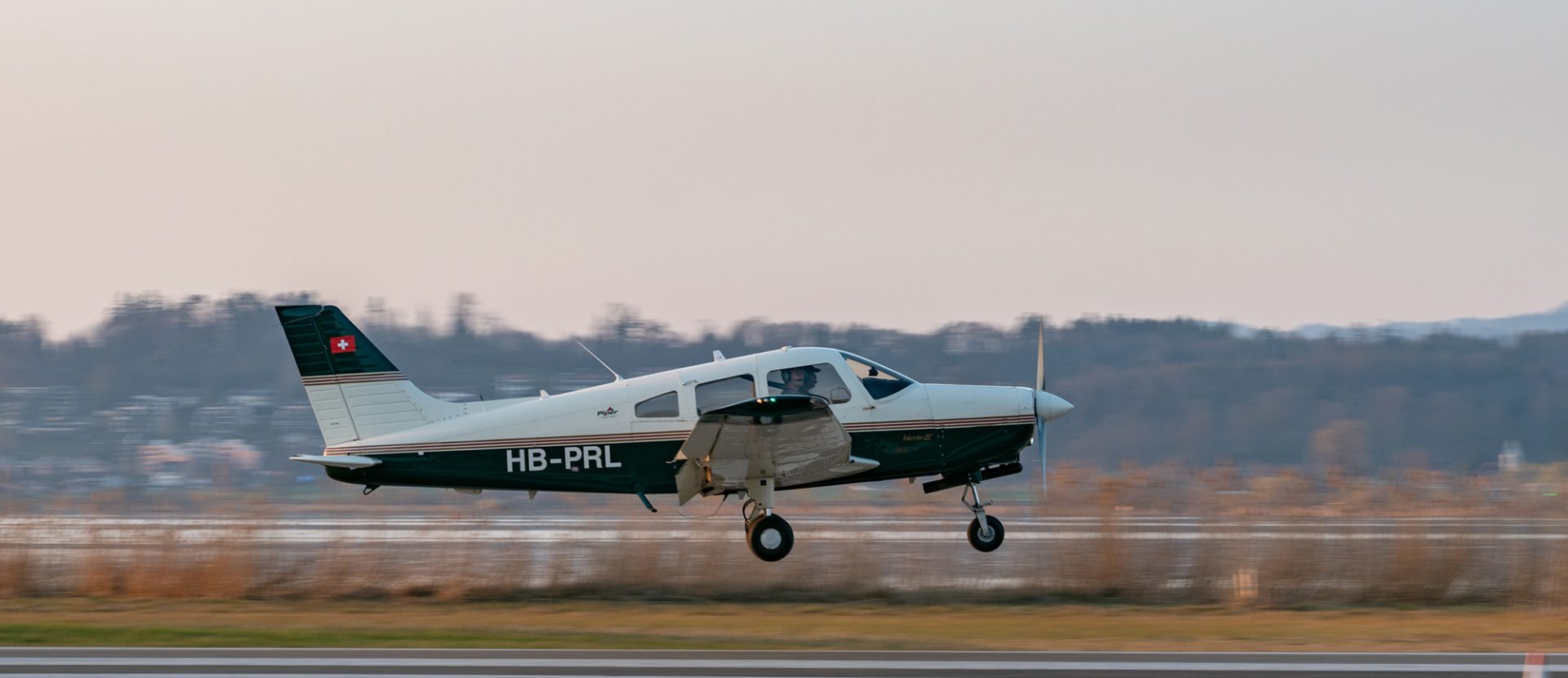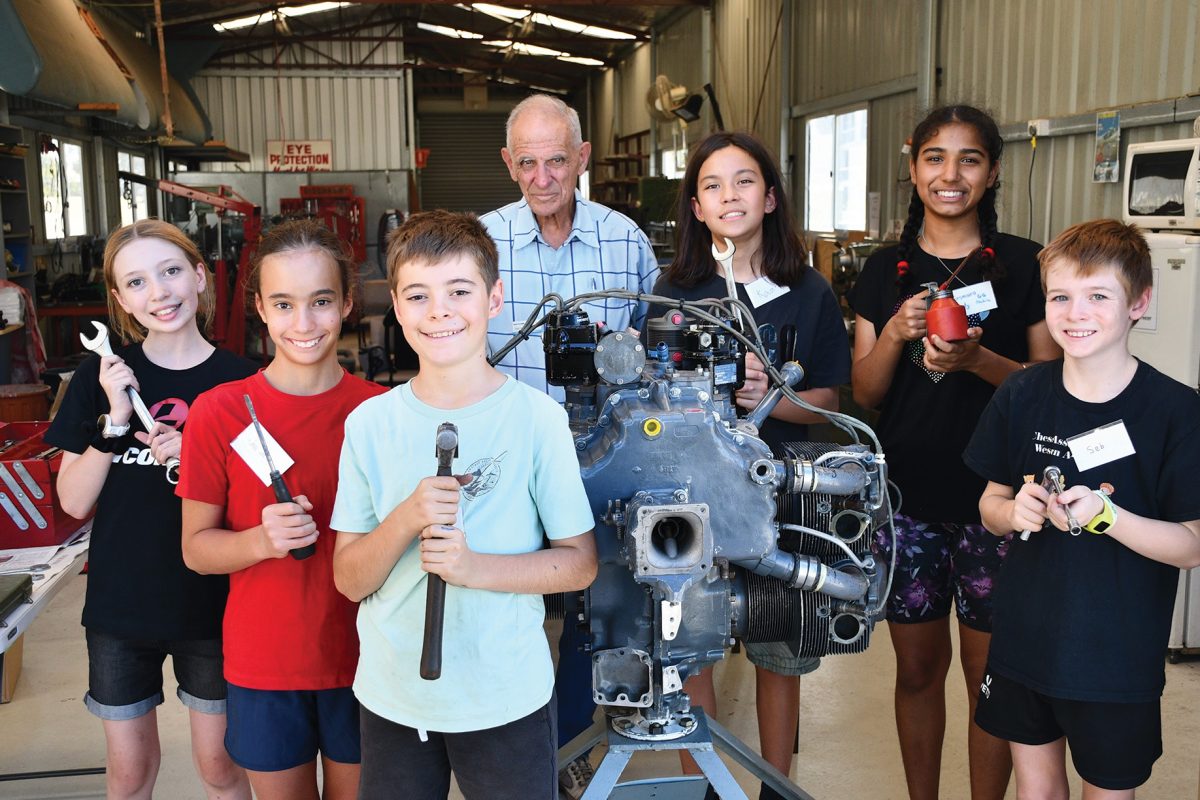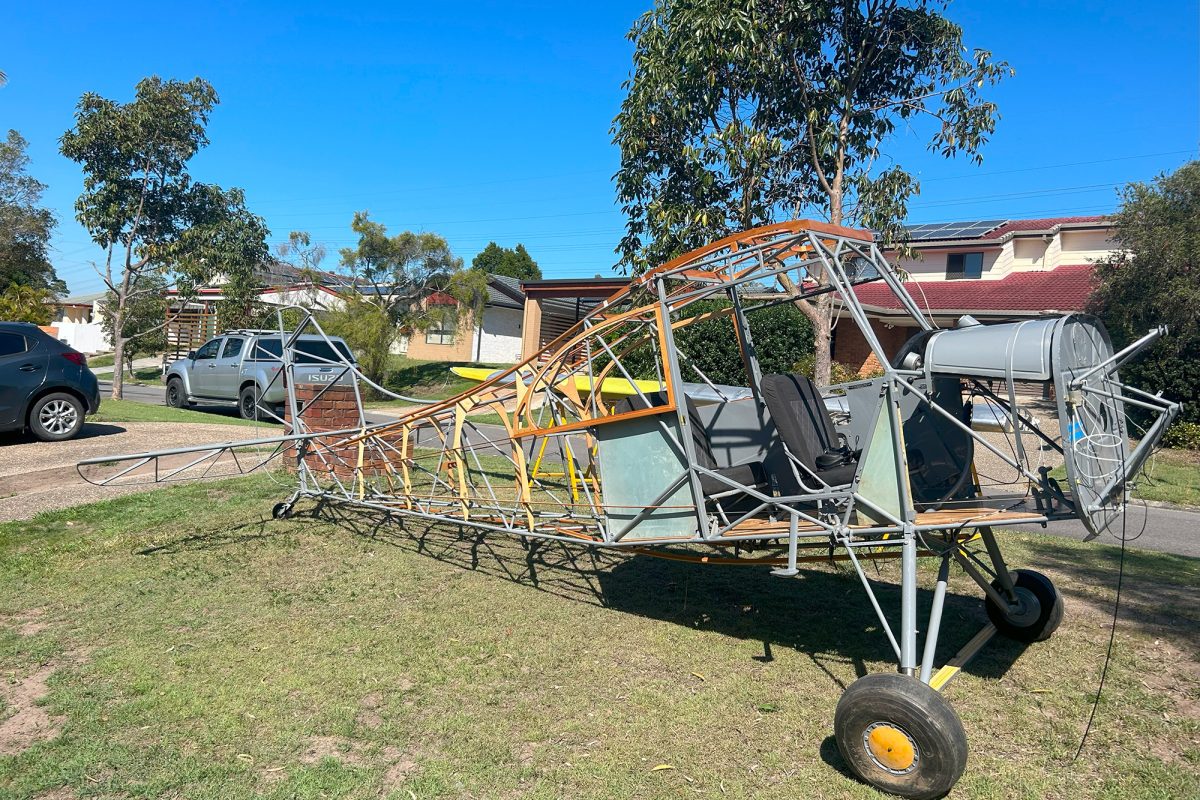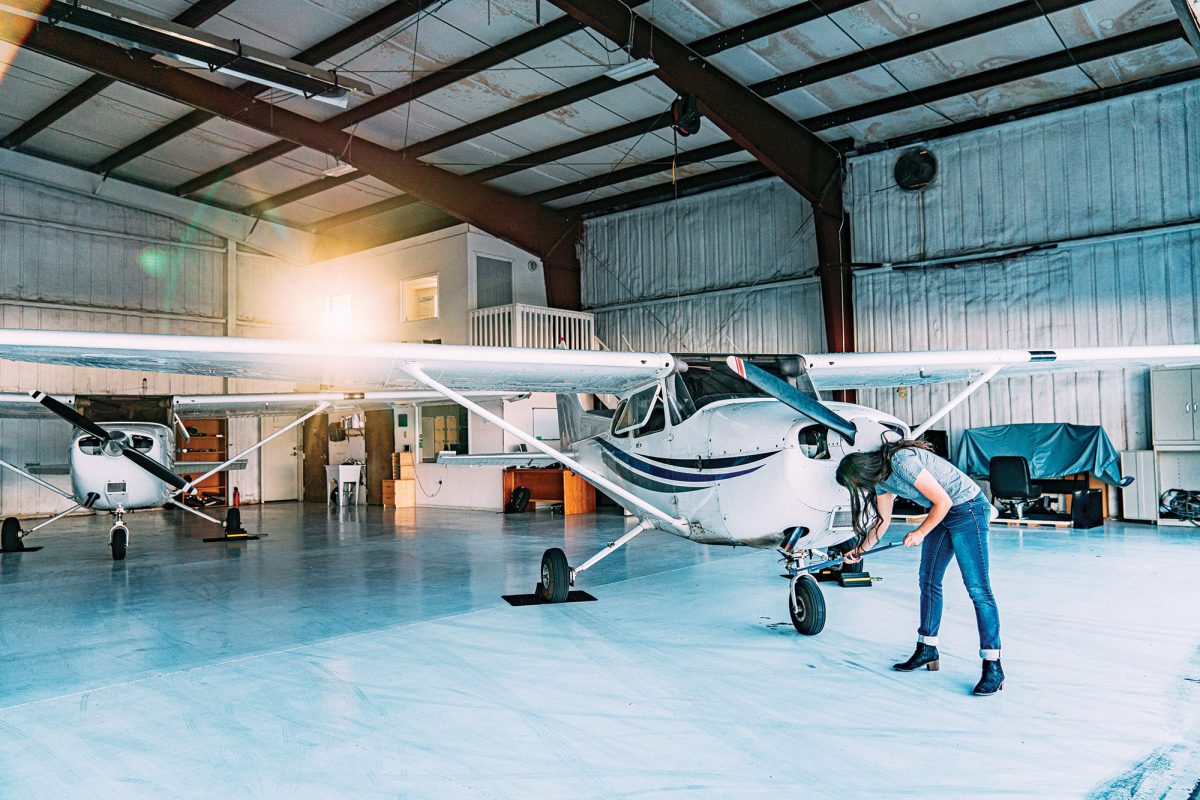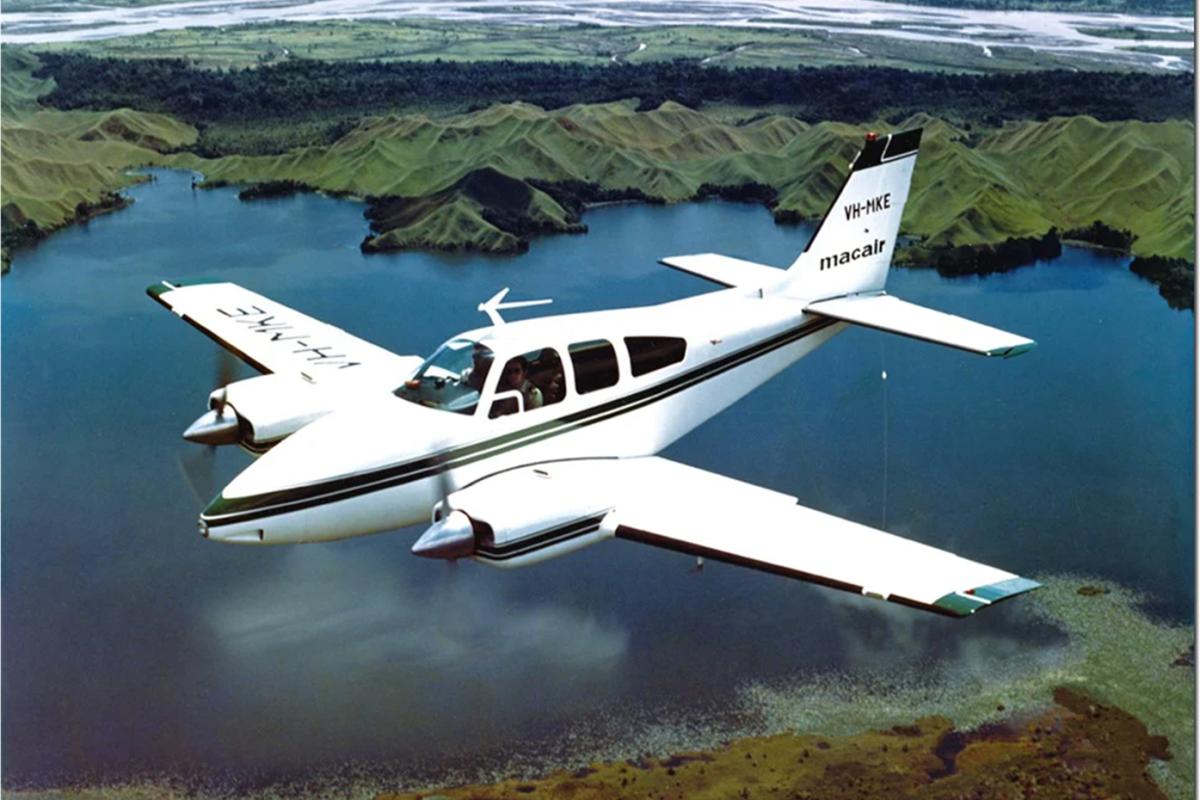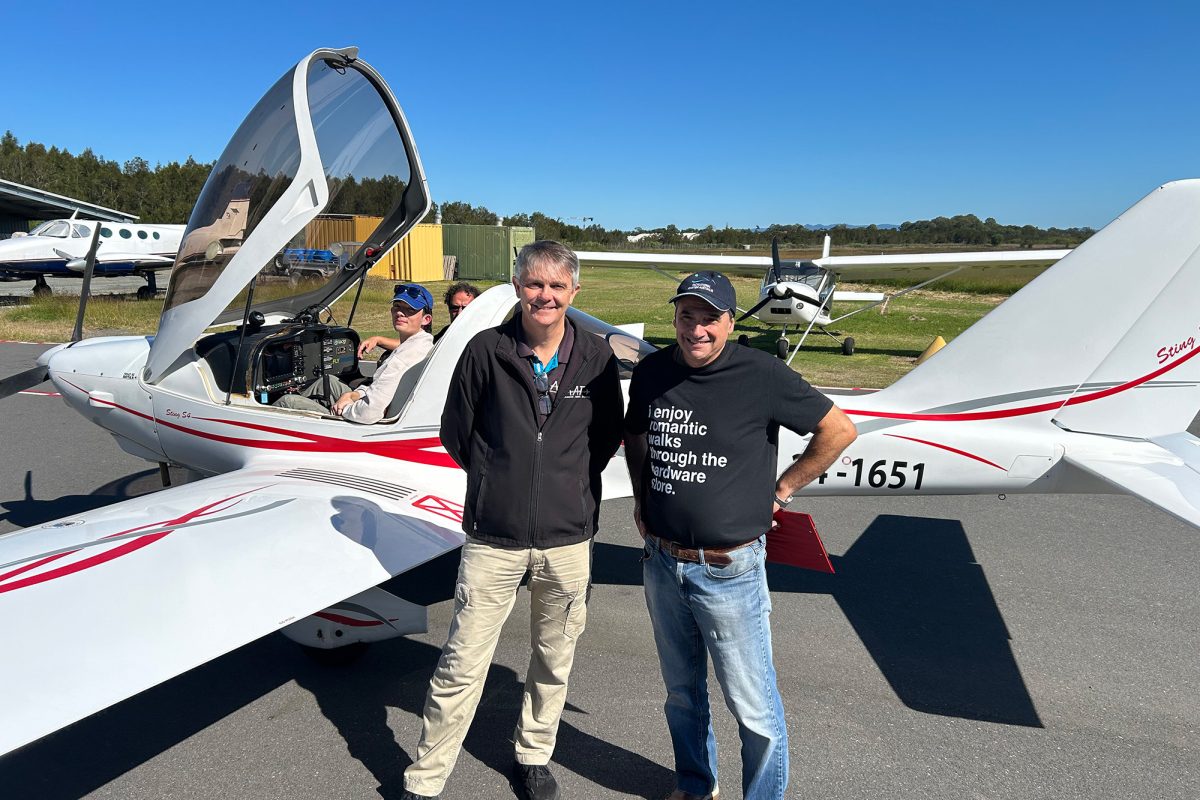Recently, after finishing my biennial flight review, I was having a chat in the flight school office, going through the usual paperwork and debriefing. During the conversation, I mentioned that I was planning to do my RPL. Naively, I asked my instructor if she knew of anyone that she would recommend so I could get started in a few weeks’ time. She chuckled and asked, “Of course, but how much of the application have you completed so far?” She knew full well I was unlikely to know what I was in for and that ‘a few weeks’ time’ was very optimistic.
“Ahh, well… so far, none. Tell me more about this paperwork I’m meant to know about,” I replied, trying not to look like an idiot, though knowing the ship had well and truly sailed.
Fortunately, I was pointed in the right direction and given a heads up about the mountain of forms coming my way. Although it was sound advice, it fell on deaf ears. It’ll be fine, I thought. I’ve dealt with my fair share of red tape. How hard could it be to fill in an application and send it off? Just like a passport.
It was a process I thought I was familiar with, having just been through it with an infant. That experience was burned into my memory. I thought back to the post office photo for my daughter. At their request, I had to somehow get my 3-month-old to sit upright independently for the first time, look into the camera, open her eyes, and not smile. And, just to throw in a challenge for fun, I wasn’t allowed to be visible in the photo. How hard could it be?
We jerry rigged a kids chair from some reams of paper and a bedsheet. I was instructed to stand behind her and assist, but ended up looking like a human praying mantis trying to help without being in frame. After quite a fuss, we got there in the end. All it cost me was $22.99 and my sanity. As I paid, the staff member tried to cheer me up: “Oh well, at least she got the no smiling part right.” So, with that in mind, surely this was going to be a cinch?
I started with Form 61-1RTX. The complicated name should have been a dead giveaway. Is it so hard to just call it what it is, ‘RPL Application Form’? At first glance, it seemed thin compared to the hype… until I started noticing small sections with notes like “Please include Form 61 9PIC.” What does that even mean?
Turns out, there’s a separate application to lodge your photo rather than just including a section on the main form. Then there was something about an ASIC card and… ahh, I see now, it’s the babushka doll of application forms. I got some advice from other pilots, and they all said the same thing: start by getting your ASIC Red Card — due to the wait times. So, off I went with my separate ASIC form and began to work through it. After detailing what seemed like my entire life story, all that was left was a quick photo at AusPost and to scan it into their system.
Unbeknownst to me, not all post offices can do these applications. And of those that can, only specific staff at each branch are authorised to process them. The two branches near me were merging, so I had to track down one specific staff member temporarily stationed at a third post office and make sure I went on a day he was working. I was already getting triggered…
After my fourth attempt, I finally had my ducks in a row and found him at last. I cheerily handed over my paperwork, with the end in sight! Just as we were getting ready for the happy snaps, the power went out in the entire shopping centre. I was waiting for the hidden cameras to jump out. Surely this must be a prank or some kind of sick joke, I thought, as I waited patiently while my AusPost PTSD settled in. Almost two hours later and help from tech support, I finally did it… I had completed one of six forms.
Handy tip: For anyone doing this for the first time, go to the AusPost website. You can filter branches to show only those authorised to do ASIC applications. I’d also recommend calling ahead.
Roughly twelve weeks later, I had my ASIC Red Card in hand. It made me feel more official, even if I was a little jaded by the process. While waiting for that to arrive, I got my Class 2 (Basic) Medical. Having started in RAAus, I had never fully appreciated how simple the self-declared medical system is until now.
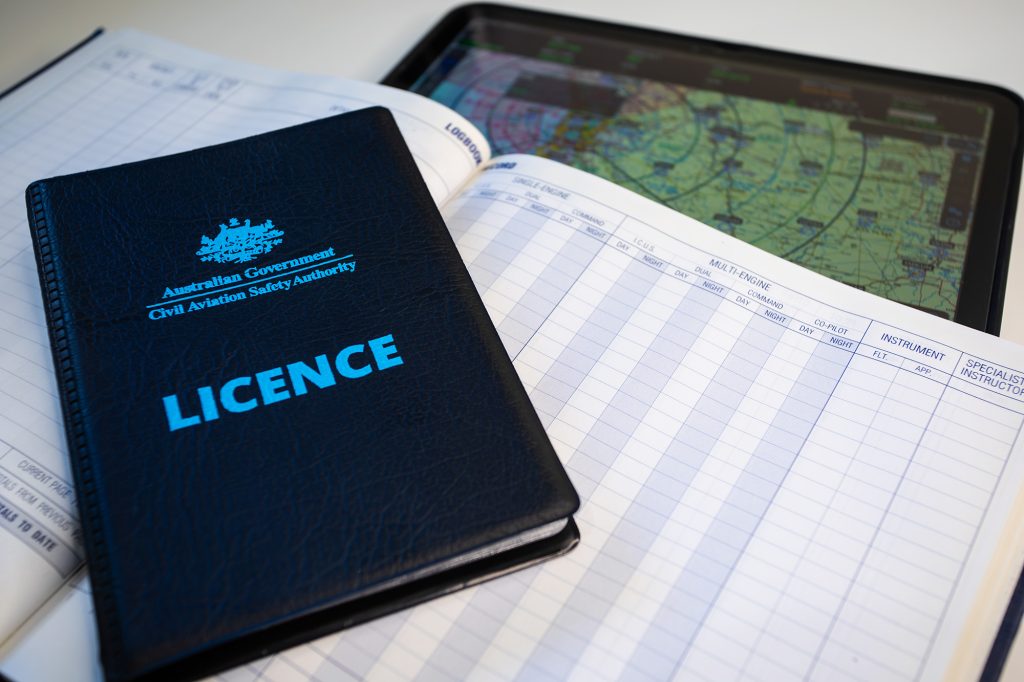
Actually, if I’m really honest, before this process I had no idea what the different CASA medical classes were or what they meant because I simply didn’t need to. So, if you’re like me and a bit confused by it all, here’s a very brief overview in relation to getting your RPL:
- Class 1: For commercial pilots. You probably won’t need this, but if you do plan on going down that path then you can also upgrade your medical later on if need be.
- Class 2: Required for carrying up to five passengers. Must be completed by a DAME, not just a GP. Allows IFR and night VFR.
- Class 2 Basic: This is what I chose. Limited to one passenger, MTOW of 8618kg, VFR only, and can be completed by a GP.
- Class 3: For air traffic control and flight services. Not applicable to most pilots.
- Class 5: Limited to one passenger and 2000kg MTOW. VFR only, self-declared, and can be completed online via CASA’s portal.
Handy Notes: Please check the CASA website for the full list of restrictions. This is just to illustrate the decision-making process.
At the time I applied, the Class 5 didn’t exist. So my choice was between Class 2 and Class 2 Basic. I opted to keep it simple, with the view of upgrading later once I had more hours. If I went through this now, I’d get the Class 5. The entire process is online, takes about an hour, and costs just ten dollars.
ASIC and medical in hand, the next big hurdle was Form 61 9ELP. For those unfamiliar, that’s the English Language Proficiency test form. I was a little confused by this. English is my first language. I have a degree from an Australian university with similar literacy standards, but I still needed to sit a test?
Then I realised the intent and mellowed. It’s to ensure pilots with English as a second language can communicate clearly over radio. If that requires a little extra work on my part and helps keep standards for pilots and flight schools consistent, I’m okay with that.
In terms of paperwork, this was by far the most confusing form. I was completely stuck. So, I reached out to my new instructor, who guided me through the form and set the test for me — Thank you Chip! For anyone else going through this, contact your flight school and ask about the ELP test. They’ll point you in the right direction to do it quickly and with as little hassle possible.
A few trips to a Justice of the Peace to verify my logbook later, and I was ready to submit. What was originally a thin form had now become a hefty wad of paper. But more importantly, it was done.
For official documents like this, I expected to lick a stamp or head back to the dreaded post office. But CASA is a little different. You scan all applications as PDFs and email them to applications@casa.gov.au. Then you wait. And wait some more. And chat with other students at the aero club or in Facebook groups who are also waiting.
You are probably wondering how long exactly like everyone else in the queue. The answer is unclear because the processing times fluctuate, and any missing piece of information can hold everything up. Recently, CASA introduced the Class 5 medical to help ease the load on their applications team. So, fingers cross this helps speed it up for future pilots.
For me, I was reasonably lucky. My licence arrived after two and a half months. When it finally did, it was a proud moment. It featured a very official looking Australian Government logo and the word ‘Licence’ in big bold letters. I was expecting something higher tech, maybe a hologram like on my ASIC card. But in reality, the licence is just a collection of A6 paper slips inside laminated holders.
No matter. I was ecstatic to have it in my hot little hands. The only thing left was to get it signed off, so it was current and usable. A licence on its own doesn’t mean you can legally fly. It needs to be backed by a valid flight review. Until then, it’s more like a fancy certificate than a functional ticket to the skies.
So, if you’re thinking of making the leap yourself, I hope my experience saves you a few hours, a few headaches, and a few colourful words yelled at printers that refuse to scan one last time.
